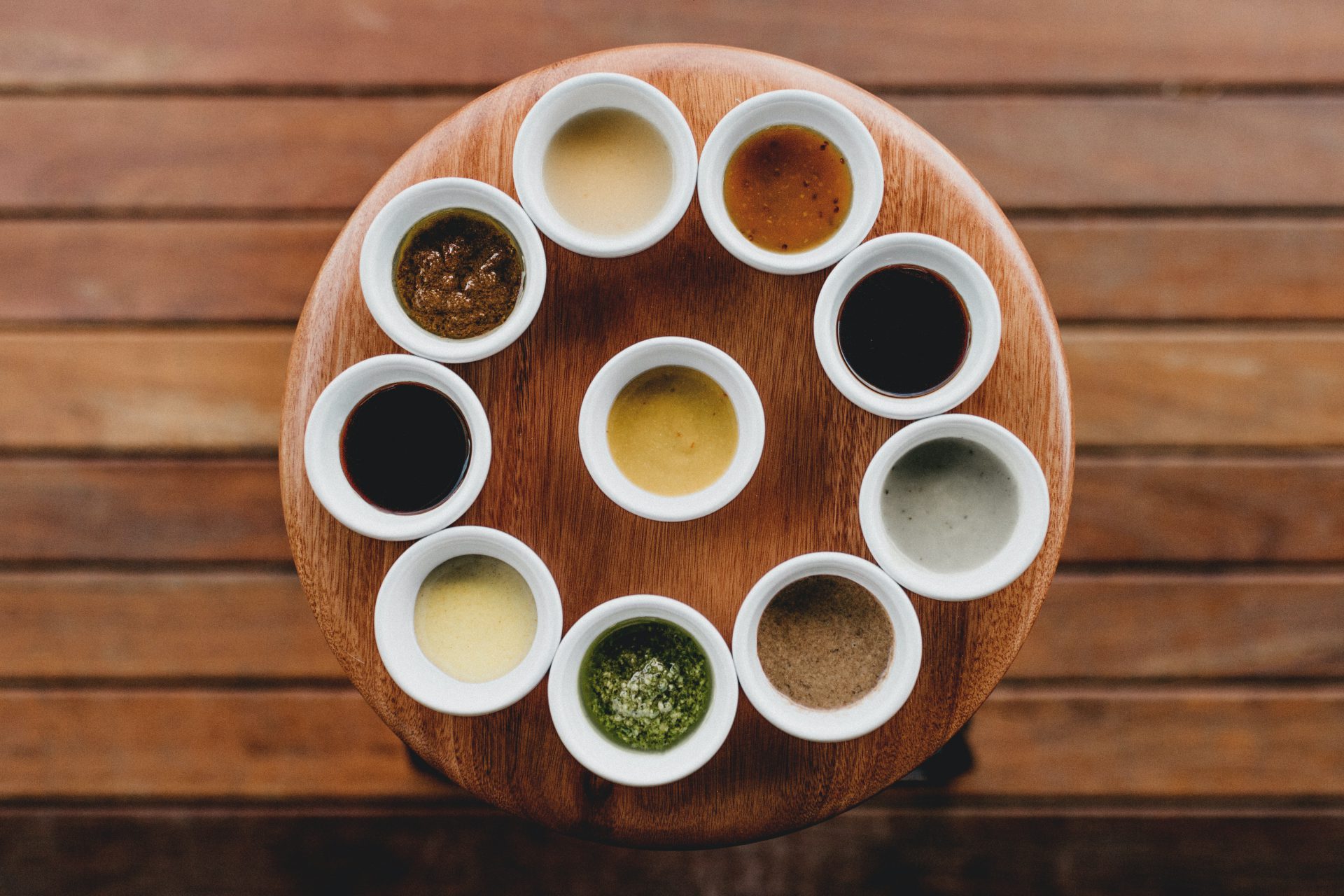
- Readers Rating
- No Rating Yet!
- Your Rating
In the vast and captivating culinary world, mother sauces hold a sacred place. They are the very essence of cooking, the foundation upon which countless recipes and flavors are built. These sauces, with their ancestral origins and ability to transform simple dishes into exceptional culinary creations, are the pulsating heart of gastronomy. From the classic béchamel sauce to the intricate and rich espagnole sauce, each of these mother sauces represents a culinary art in its own right, carrying with it centuries of tradition, technique, and above all, an infinite universe of possibilities in the kitchen.
The mother sauces are fundamental pillars of classical cuisine and have been the foundation of countless delicious dishes throughout culinary history. These sauces, including béchamel, velouté, espagnole, and hollandaise, possess a transformative power in the kitchen, and mastering their preparation and applications is essential for any passionate cook. In this article, we will explore each of these mother sauces in detail, unveiling their key ingredients and techniques. Additionally, we will discover how these sauces serve as a starting point for a wide variety of dishes, from simple to sophisticated. Get ready to dive into the world of mother sauces and elevate your culinary skills to a higher level.
Béchamel: The Elegant and Versatile White Sauce

Béchamel is the first of the mother sauces we will explore. It is a white, creamy, and smooth sauce made from a roux, a mixture of butter and flour. Its versatility is impressive, as it serves as a base for many other sauces and dishes. Among the standout applications of béchamel are lasagnas, croquettes, and gratins. We will detail the process of creating a perfect béchamel and share classic and modern recipes that highlight its flavor and texture.
Béchamel, also known as “white sauce,” is one of the most versatile and fundamental mother sauces in classical cuisine. Its smoothness and ability to enhance the flavor of various dishes make it an essential component in the kitchen.
To prepare a perfect béchamel, you will need:
- 50 grams of butter
- 50 grams of flour
- 500 ml of milk
- Salt and nutmeg to taste
Step-by-step guide to making delicious béchamel:
- Preparation of the roux: In a saucepan over medium heat, melt the butter until completely liquid. Add the flour and stir constantly until the mixture becomes golden brown and releases a toasted nut aroma.
- Incorporation of milk: Remove the saucepan from heat and slowly add the milk, whisking continuously to prevent lumps from forming. Return the saucepan to the heat and cook over low heat, constantly stirring, until the mixture thickens and achieves a smooth and creamy consistency.
- Flavoring: Add salt and nutmeg to taste. Nutmeg imparts a distinctive flavor to béchamel, so don’t skimp on this ingredient.
- Applications: Béchamel is commonly used in lasagnas, croquettes, macaroni and cheese, gratins, and many other preparations. Its smoothness and versatility make it an ideal base for more complex sauces.
The applications of béchamel are practically limitless. You can use it as a base for mushroom, cheese, spinach, or ham sauces. It is also essential in the preparation of lasagnas, cannelloni, and other baked dishes. Béchamel adds a creamy texture and a mild flavor that pairs well with a wide variety of ingredients.
Velouté: The Elegant Sauce of Light Stocks

Velouté is another fundamental member of the mother sauces, crafted from a white roux and a light stock. This sauce is known for its smoothness and versatility, making it ideal for accompanying poultry, fish, and vegetables. We will explore how to prepare a silky and lump-free velouté, and how it serves as the base for sauces like Normandy and Suprême. Additionally, we will share recipes that highlight its delicate flavor and its ability to enhance other ingredients.
Velouté is one of the most elegant and versatile mother sauces in classical cuisine. It is made from a white roux (butter and flour) and a light stock (chicken, fish, or vegetable broth). Its smooth and silky texture makes it an ideal accompaniment for poultry, fish, and vegetables.
To prepare velouté, you will need the following ingredients:
- 50 grams of butter
- 50 grams of flour
- 500 ml of light stock (chicken, fish, or vegetable broth)
- Salt and pepper to taste
Here is the step-by-step process to make a delicious velouté:
- Preparation of the roux: In a saucepan over medium heat, melt the butter until completely liquid. Add the flour and stir constantly until the mixture becomes golden brown and releases a toasted nut aroma.
- Incorporation of the light stock: Remove the saucepan from heat and slowly add the light stock, whisking continuously to prevent the formation of lumps. Return the saucepan to the heat and cook over low heat, stirring constantly, until the mixture thickens and acquires a smooth and creamy consistency.
- Seasoning: Add salt and pepper to taste to enhance the flavor of the velouté.
Velouté serves as a base for more complex sauces. Some of its popular applications include:
- Suprême Sauce: This is a variation of velouté enriched with cream and egg yolks. Suprême sauce is a delicious accompaniment for poultry, such as chicken and turkey.
- Normandy Sauce: Normandy sauce combines velouté with mushrooms, shrimp, and brandy. It is a luxurious accompaniment for fish dishes.
- Allemande Sauce: Allemande sauce is a velouté enriched with egg yolks and cream. It is used in fish and poultry dishes.
The versatility of velouté allows you to experiment with different ingredients and seasonings to adapt it to your preferences and specific dishes.
Have you enjoyed exploring the extensive world of mother sauces? Don’t miss the first part of this mentta blog article.
